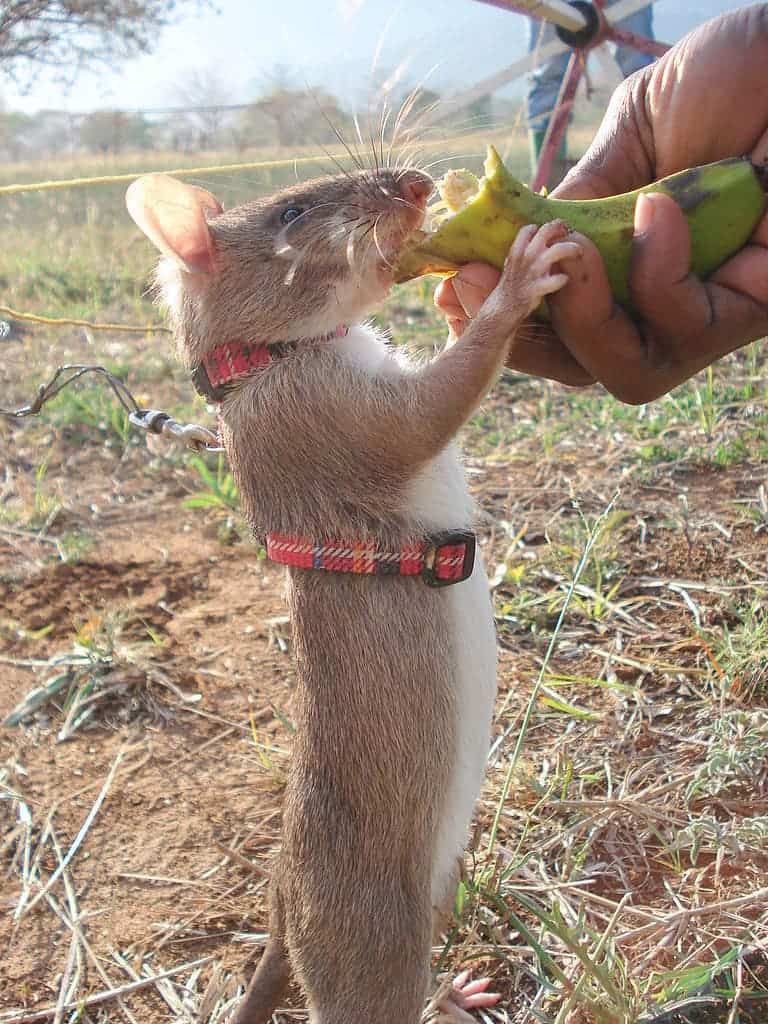In a new study, researchers show that rats can be trained to detect tuberculosis (TB) in children — and they have a higher accuracy rate than the basic microscopy test.
The study was inspired by anecdotal evidence that people suffering from TB have a very slight, distinctive odor. The disease is caused by a bacteria called Mycobacterium tuberculosis. The bacteria usually attack the lungs, spreading through the air when a person with TB coughs, sneezes, or talks — so it makes sense that the process might come with a particular scent.
Unfortunately, methods for detecting TB are far from perfect, especially in impoverished areas like sub-Saharan Africa and South-East Asia, which are often most at risk of contagion and where the disease is quite prevalent. In these areas, a cheap smear test is commonly used.
The test relies on analyzing a sample of sputum — the yucky mixture of saliva and mucus coughed up from the respiratory tract. The accuracy of the test greatly relies on the quality of sputum sample used. Quite often (and this is especially true for young children), patients are unable to produce a good enough sample and therefore their TB might go undetected.
Lead author Georgies Mgode of the Sokoine University of Agriculture in Tanzania comments:
“As a result, many children with TB are not bacteriologically confirmed or even diagnosed, which then has major implications for their possible successful treatment,” he explained. “There is a need for new diagnostic tests to better detect TB in children, especially in low and middle-income countries.”
Mgode and his colleagues have previously worked on training African giant pouched rats (Cricetomys ansorgei) to pick up the scent of molecules released by the TB-causing bacterium. Now, they’ve compared the rats’ detection work with existing diagnosis methods.
They obtained sputum samples from 982 children under the age of five who had already been tested using a microscopy test at clinics in the Tanzanian capital of Dar es Salaam. From the smear test, 34 of them were found to have TB, but the rats identified a further 57 cases which were confirmed by a more complex analysis method (the light emitting diode fluorescence microscope). In other words, rats successfully found 68% more cases of TB infection
“This intervention involving TB screening by trained rats and community based patient tracking of new TB patients missed by hospitals enables treatment initiation of up to 70%. This is a significant proportion given that these additional patients were considered TB negative in hospitals, hence were initially left untreated,” adds Mgode.
The news has already been passed to relevant clinics, and plans are underway for a broader detection campaign. The infected children in the study have been contacted for treatment.
The same type of rats has also been used to sniff out landmines.
Journal Reference: Mgode, G.F. et al. Pediatric tuberculosis detection using trained African giant pouched rats. DOI:10.1038/pr.2018.40










